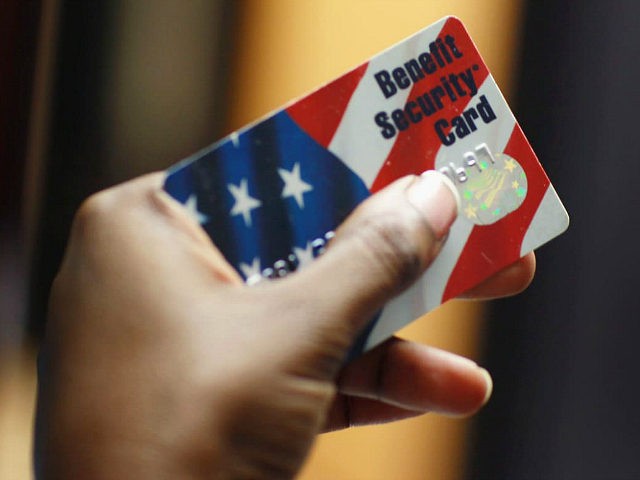Food stamp participation in Florida soared by 2.5 million in one month, according to the latest data on food stamp enrollment from the U.S. Department of Agriculture (USDA).
The number of Floridians taking part in the Supplemental Nutrition Assistance Program (SNAP) spiked by 2,580,685 — an 80.2 percent increase — between September 2017 and October 2017, according to the most recent data from the USDA.
The large increase is likely due to the influx of disaster assistance for residents affected by Hurricane Irma.
The USDA’s Food and Nutrition Service approved a request from the state to administer Disaster Supplemental Nutrition Assistance Program (D-SNAP) benefits to poor residents affected by the hurricane beginning September 10, 2017.
The USDA and Florida’s Department of Children and Families — the program that administers food stamp benefits in Florida — have not set a definitive end date for this program as of January.
One Florida news outlet accused the state of handing out D-SNAP benefits to poor residents in November on Election Day to suppress voting.
Although there is no evidence that the state intentionally chose the date to suppress voter turnout, thousands lined up at Hard Rock Stadium in Miami to receive disaster benefits that day.
Florida was not the only hurricane-ravaged state that saw an increase in food stamp participation. Texas saw its food stamp participation rise by 1,311,251, or 28.1 percent from September 2017 to October 2017 after Hurricane Harvey destroyed parts of the state.
The Texas Department of Health and Human services began handing out D-SNAP benefits on September 13, 2017, to 39 eligible counties, which also may have contributed to the sharp rise in food stamp participation in the state.
The heavy increases in SNAP enrollment in these two states may have contributed to the sharp overall increase in food stamp enrollment nationwide over the past month.
Enrollment in SNAP across the country soared by nearly 3.5 million to 45,641,674 in the first month of Fiscal Year 2018, according to the most recent USDA data from October 2017 on nationwide SNAP participation.
The sharp increase in food stamp enrollment in Florida and Texas combined over the one-month period totaled 3.8 million, bringing up the average food stamp participation in the country to levels not seen since 2015 during the Obama administration.
The USDA announced Wednesday that the 2018 Farm Bill would propose pathways for food stamp recipients to get back to work, such as requiring able-bodied adults to work or enroll in job training to receive benefits.

COMMENTS
Please let us know if you're having issues with commenting.